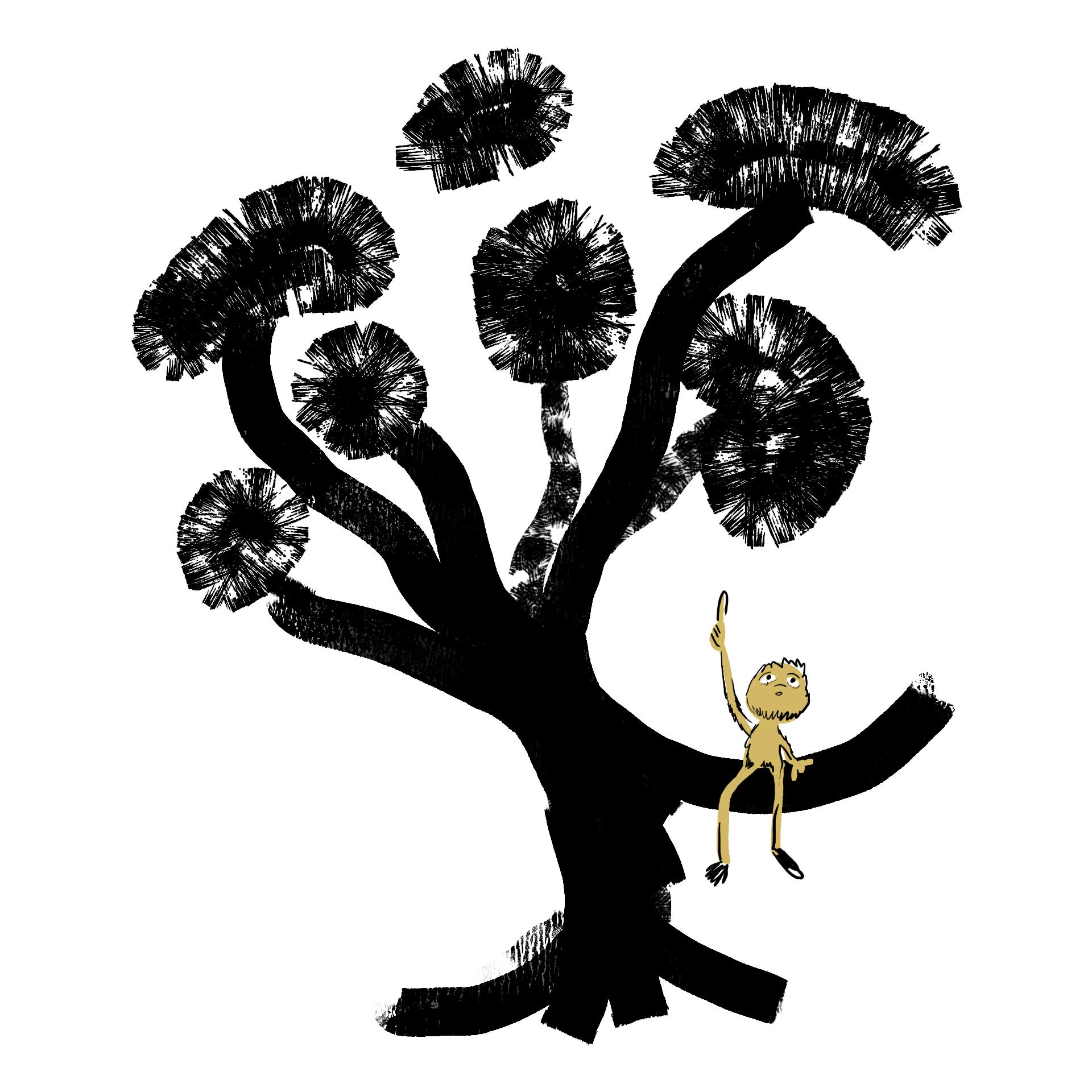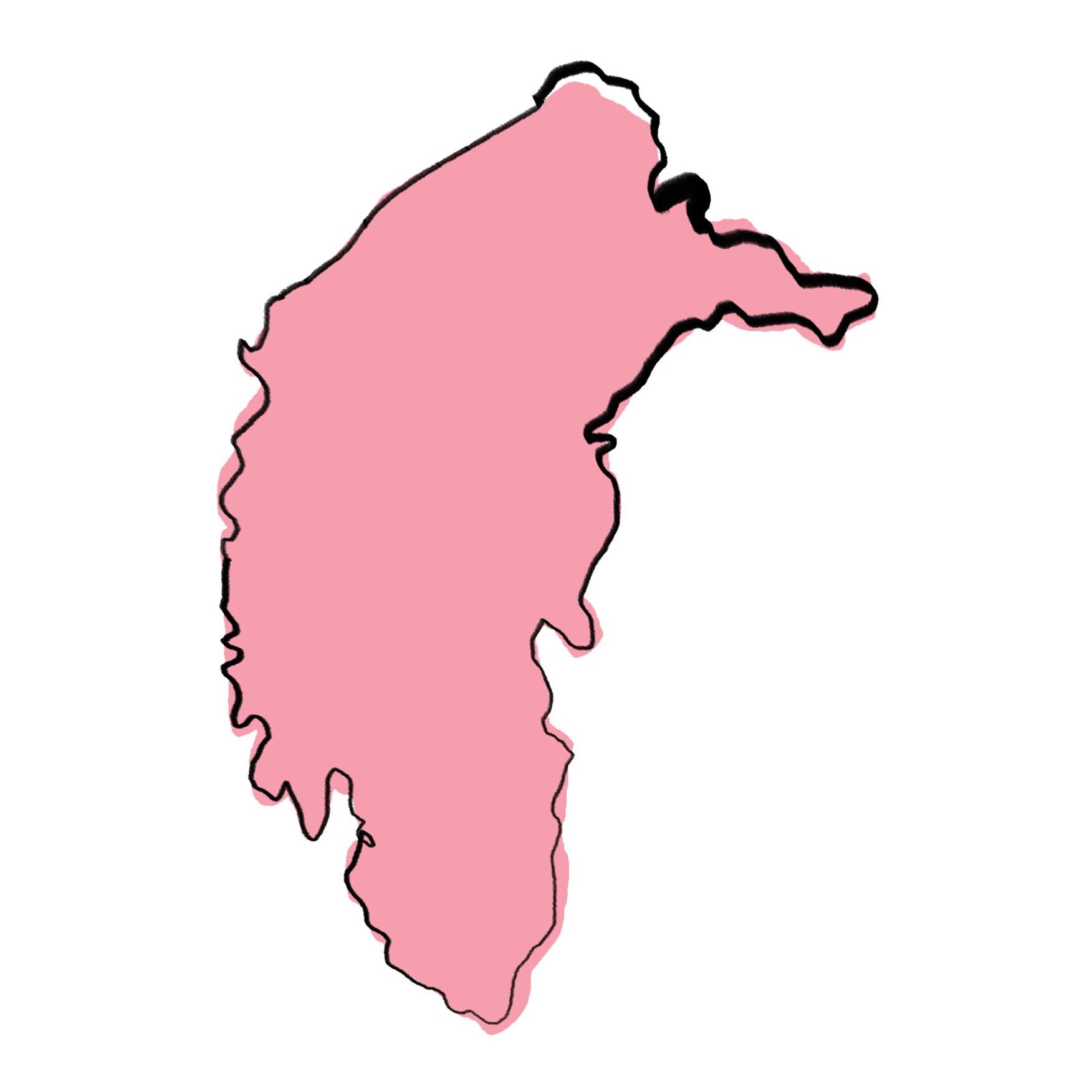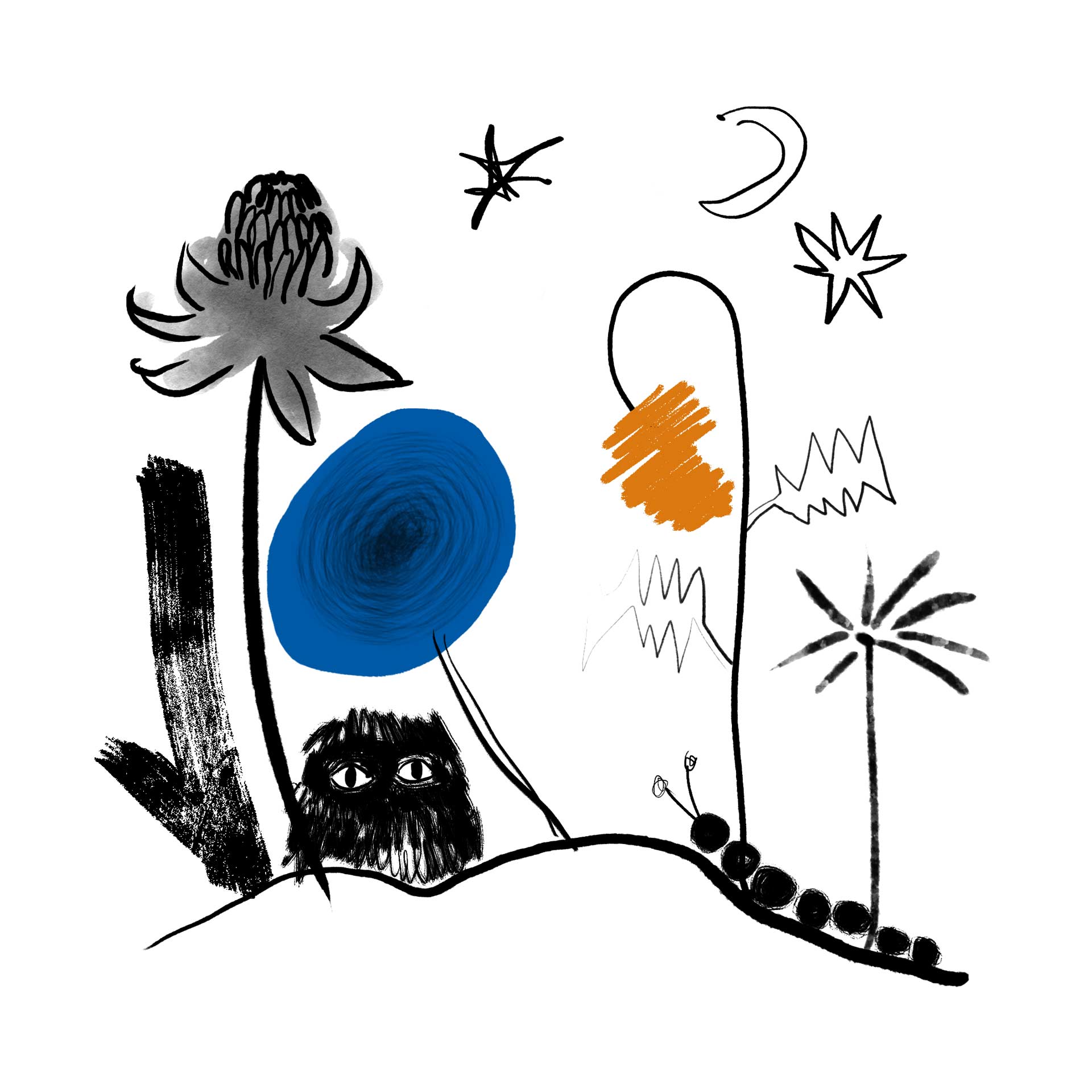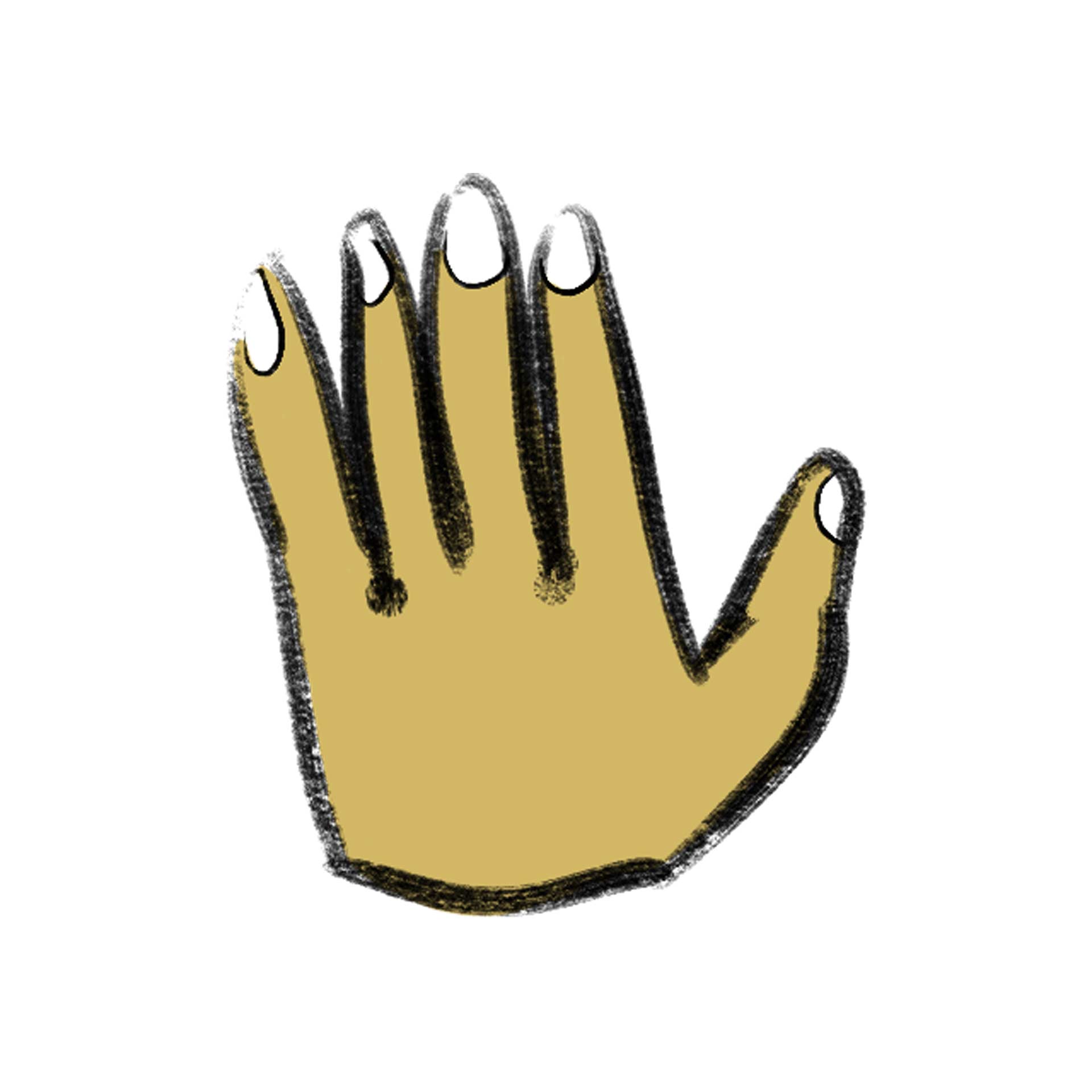Did you know that many of our street trees are older than your grandparents?
Click the links below to discover more!

Healthy trees, healthy people
Trees help us in many ways. They give us oxygen to breathe, shade us from heat and help reduce climate change. Trees can connect us with local history and Aboriginal culture. Some trees in Canberra are more than a hundred years old!
Trees and plants in cities are important for biodiversityAll of the different types of life in the environment. Biodiversity includes plants, animals, and micro-organisms (really small things like bacteria and fungi). because they provide animals with food and a place to live. Trees are also important for our wellbeing – they improve our health and make us feel happier.

Canberra, the ‘bush capital’
Did you know that in the early 1900s, there were almost no trees in Canberra because they were cleared for farming?
Then, in 1911 when Canberra was established, 2 million trees were planted. This was the beginning of Canberra’s urbanAreas of land that have been built on to create a city or town. forest.
Canberra street. Source: Prescott Pym
Caring for young and old
We have to look after large, old trees. This is because they provide homes for many animals, with their sheltered hollows, cradling branches, thick bark and dense leaves.
Without these old trees, many animals would have nowhere to live and nothing to eat. It is also important to plant new trees so that when old trees die there are more large trees for animals to live in.


HOLLOW HOMES
Learn the names of some of the critters that live in tree hollows!

Owlet nightjars often roost in tree hollows during the day to stay safe from predators

Superb parrots nest in Canberra tree hollows and use the same tree every time.

Microbats sleep up-side-down in large groups during the day

Sugar gliders sleep in tree hollows during the day

Australian wood ducks lay their eggs in tree hollows and their chicks have to jump down once they hatch!

Bogong moths use tree hollows during the day when traveling south
Images: Owlet nightjars, source: Helen Cross; Superb parrot, source: Ryan Colley; Microbat, source: Matt Clancy; Sugar glider, source: Damien Esquire; Wood ducks, source: James Walsh; Bogong moths, source: CSIRO
TREES KEEP US COOL
In the city there are lots of concrete surfaces that absorb (or take in) heat.
This heat is then released throughout the day and night, warming the surrounding area. This means that on a hot sunny day, the city is usually warmer than other areas such as parks and farming lands which have far less concrete and more vegetation. We call this the urbanAreas of land that have been built on to create a city or town. heat island effect. This is why urbanAreas of land that have been built on to create a city or town. trees and greenery are important – they reduce this heating effect.

CANBERRA’S TREES AND climateThe usual weather that happens in an area over a long time, usually many years. Climate change is when this usual weather changes. CHANGE
Many tree and other plant species in Canberra are at risk of dying because of increased heat and reduced rainfall caused by climate change.
ClimateThe usual weather that happens in an area over a long time, usually many years. Climate change is when this usual weather changes. change has reduced the health of some of the ACT’s Eucalypt species, as well as large introduced tree species planted across Canberra.
We must think about which trees will be able to survive in a drier, warmer climateThe usual weather that happens in an area over a long time, usually many years. Climate change is when this usual weather changes. so we can start planting them now. Some of the nativeAnimals and plants that live in, and are originally from, an area. The area could be large, like Australia, or it could be small, like a specific national park. trees recommended for planting in Canberra include the River She-oak and the Kurrajong.


CANBERRA’S NON-NATIVE STREET TREES
When walking to school, or in the playground, do you ever pick up acorns? They come from large oak trees found all around Canberra.
Oaks and other species like Elms and Plain Trees are not nativeAnimals and plants that live in, and are originally from, an area. The area could be large, like Australia, or it could be small, like a specific national park., even though some were planted over 100 years ago as part of Canberra’s urbanAreas of land that have been built on to create a city or town. forest. Although we now know it is better to plant nativeAnimals and plants that live in, and are originally from, an area. The area could be large, like Australia, or it could be small, like a specific national park. trees, introduced trees still help cool our city and provide habitatThe natural home or environment of a plant or animal. and food for nativeAnimals and plants that live in, and are originally from, an area. The area could be large, like Australia, or it could be small, like a specific national park. animals.
Canberra street oak trees. Source: Prescott Pym
Trees and urbanAreas of land that have been built on to create a city or town. development
With Canberra’s population growing year by year, there is increasing pressure on trees from the building of new houses and expanding suburbs.
When new urbanAreas of land that have been built on to create a city or town. areas are built, trees are cleared to make way for buildings, roads and shops. Although new trees are often planted to replace those removed, it means that old trees – which are important for biodiversityAll of the different types of life in the environment. Biodiversity includes plants, animals, and micro-organisms (really small things like bacteria and fungi). – are lost.
Old trees are important because they are a home for nativeAnimals and plants that live in, and are originally from, an area. The area could be large, like Australia, or it could be small, like a specific national park. birds and possums. Any new trees planted will need 20 or more years of growth to replace the benefits provided by the old trees.
What do kids in Canberra have to say about Trees?
Click through these postcards to find out!
Want to know more? Check out our kid-friendly report about young people’s hopes for the environment called:
What can we all do to help our urban trees?
- Plant More Trees: Join a community planting event or plant trees and shrubs in your backyard.
- Protect Trees: Be a tree guardian! If you see young trees in your local park, make sure they’re not being damaged by people or animals. Gently remind others to be careful around them.
- Learn to Identify Trees: Become a tree detective! Learn about the different nativeAnimals and plants that live in, and are originally from, an area. The area could be large, like Australia, or it could be small, like a specific national park. trees in Canberra, like Silver Wattle and Scribbly Gum. Go on a tree hunt in your neighbourhood or local park to spot and identify them.
- Reduce Paper Waste: Save trees by using less paper. Draw on both sides of the paper and recycle your old notebooks. You’ll be a tree-saving artist!
- Support Tree-Friendly Products: When shopping with your family, look for products made from recycled or sustainable materials.
- Join a Clean-Up Day: Collect rubbish in parks and nature reserves to help keep tree habitatsThe natural home or environment of a plant or animal. clean.
- Watch Where You Park: Make sure your family doesn’t park cars on bare ground underneath trees. Parking under trees can damage their roots.
- Learn and Share: Read books and watch videos about Canberra’s trees and their importance. Share what you learn with your friends and family – you can even create a fun presentation for your class!
You and your family can also join a volunteer community group to plant and care for trees in your local area. Here are some to get you started:
Note that most volunteering opportunities in the ACT will require you to be accompanied by someone over the age of 18.


LET’S GET OUTSIDE
Visit the Botanic Gardens or the National Arboretum to learn more about native and non-native trees.
Botanic Gardens. Source: Laurie Wasson
Activities
Temperature and trees, detective colours
This activity shows that trees keep the environment cooler on hot days. Swipe between the two maps below to reveal an environmental pattern.
Surface temperatures (left) and vegetation amount (right) for the ACT on 9 February 2017, at 10.50 am. Data sourced from: CSIRO.
The first map shows how hot the land is (also called surface temperature). Red shows warmer temperatures and blue shows cooler temperatures – the darker colour shades show the hottest (dark red) and lowest (dark blue) temperatures.
The second map shows where there are trees and other plants. Green means there are more trees and red or purple shows areas with fewer trees – the darker colour shades show the highest (dark green) and lowest (dark purple) tree cover.
Look at where the blue colours are on the first map. Then look at where the green colours are on the second map. What do you notice? Do you see a pattern?
You should see that the blue and green colours are in similar areas of the ACT. This shows that temperatures are cooler in areas where there are lots of trees and plants. This is because trees and other plants help to protect the land from the sun’s heat. Where there are no trees, the temperature of the land is warmer.
How much do you know about urban trees?
Test your knowledge by taking the quiz!
Fill in the blanks
Hidden letter bingo
Select all the actions that we should do to help trees. What letter do the green squares make?
Plant more trees
Water trees
Teach people about caring for trees
Let invasive bugs eat trees
Create nature reserves
Chop down trees
Put concrete around trees
Plant bushes and shrubs
Wash harsh chemicals down your drain
















